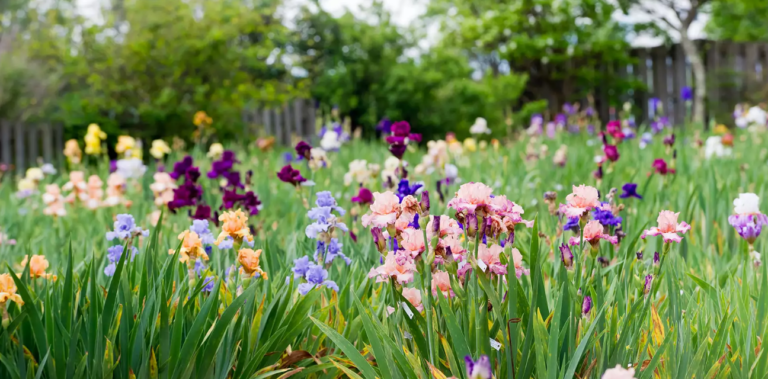All about Passion Flower:
Passion flowers have a long and rich history, dating back to the 16th century. They were first discovered in South America by Spanish explorers, who named them after the Passion of Christ. The unique shape of the flower’s petals and reproductive organs was seen as a symbol of the crucifixion.
Today, passion flowers are still widely admired for their beauty and symbolism. They are often used in religious ceremonies and art, and their meaning can vary depending on the culture. In general, passionate flowers are seen as symbols of love, faithfulness, and strength.
If you’re interested in learning more about the meaning and symbolism of passion flowers, read on!
What is Passion Flower?

Passion flowers are a type of flowering plant that belongs to the genus Passiflora. There are over 500 species of passion flower, which are native to tropical and sub-tropical regions of the world. Passion flowers are typically vine-like in structure, with beautiful, brightly-colored flowers.
The most iconic feature of passion flowers is their unique shape. The petals of the flower are arranged in a spiral pattern, with three outer petals and three inner petals. The center of the flower contains a cluster of stamens (the male reproductive organs) and pistils (the female reproductive organs).
Passion flowers have a long blooming season, typically lasting from summer into fall. Depending on the species, they can be white, yellow, pink, purple, or blue in color.
Passion flowers are widely cultivated as ornamental plants. They are also used in traditional medicine and as food ingredients. Passionflower tea, for example, is a popular herbal tea that is said to have numerous health benefits.
What is the Meaning of Passion Flower?

Passion flowers have a rich history and symbolic meaning. In Christian tradition, the unique shape of the flower was seen as a symbol of the crucifixion of Christ. The outer petals represented the crown of thorns, the inner petals represented the nails used in the crucifixion, and the stamens and pistils represented the wounds inflicted on Christ’s body.
In the language of flowers, passion flowers are often used to symbolize love and faithfulness. They can also be seen as a symbol of strength, due to their ability to thrive in difficult conditions.
Passion flowers are also widely used in religious ceremonies and art. In some cultures, passion flower symbolism is associated with spirituality and enlightenment.
What is Passion Flower Tea?
As mentioned earlier, passion flower tea is a popular herbal tea made from the leaves and flowers of the passion flower plant. Passionflower tea is said to have numerous health benefits, including promoting relaxation, reducing anxiety, and aiding sleep. The tea can be enjoyed hot or cold and is typically brewed with fresh or dried passion flower leaves and flowers.
FAQs:
– What is the meaning of a passion flower?
Passion flowers are generally seen as symbols of love, faithfulness, and strength. Their meaning can vary depending on the culture, but they are often used in religious ceremonies and art.
– What is the symbolism of a passion flower?
Passion flowers are often seen as symbols of the Passion of Christ. Their unique shape is thought to represent the crucifixion, and they are also sometimes seen as symbols of love, faithfulness, and strength.
– What is the history of passionate flowers?
Passion flowers have a long and rich history dating back to the 16th century. They were first discovered in South America by Spanish explorers, who named them after the Passion of Christ. Today, they are still widely admired for their beauty and symbolism.
– What are the different cultural meanings of a passion flower?
Passion flowers have a variety of cultural meanings. In general, they are seen as symbols of love, faithfulness, and strength. However, their meaning can vary depending on the culture. For example, in some cultures, they are seen as symbols of the Passion of Christ, while in others they may be used in religious ceremonies or art.
Conclusion:
Passion flowers have a long and rich history dating back to the 16th century. They were first discovered in South America by Spanish explorers who named them after the Passion of Christ. The unique shape of the flower’s petals and reproductive organs was seen as a symbol of the crucifixion. Today, passion flowers are still widely admired for their beauty and symbolism. They are often used in religious ceremonies and art, and their meaning can vary depending on the culture. In general, passionate flowers are seen as symbols of love, faithfulness, and strength. If you’re interested in learning more about the meaning and symbolism of passion flowers.






